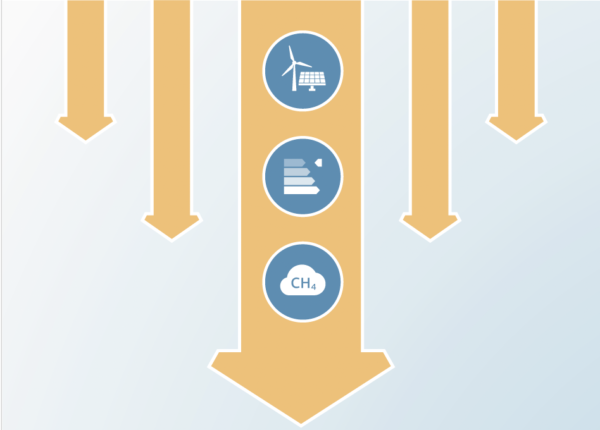The 1.5°C temperature limit in the Paris Agreement and 2016 temperature records
Authors
Share

- Long-term temperature limits are always understood as annual averages of at least 20 years to account for natural variability. The 1.5°C limit in the Paris Agreement refers to a global average annual increase in the temperature above pre-industrial average over twenty years.
- Natural variability can lead to individual years (or months) well above the long term average and, superimposed on the long term warming trend, already has and will continue to lead to warming of individual years or months exceeding 1.5°C.
- The extreme 2016 temperature records are, unfortunately, in line with our scientific understanding of long term warming trends and natural variability that can be expected with the most recent twenty-year average global average of about 0.85°C to date.
- Observed 2016 temperatures thus do not call into question the feasibility of the 1.5°C warming limit.
- However, the observed extreme temperatures in 2016 are a very strong warning the likelihood extreme temperatures is increasing very rapidly and will cause large scale damage well before an average annual warming of 1.5°C is reached.











